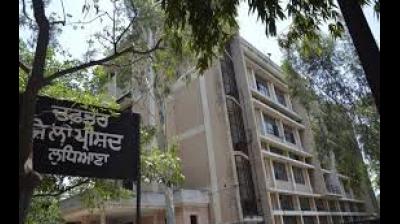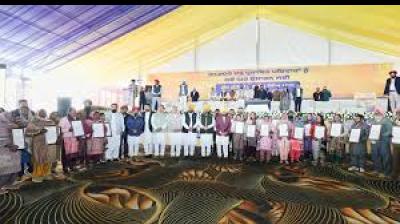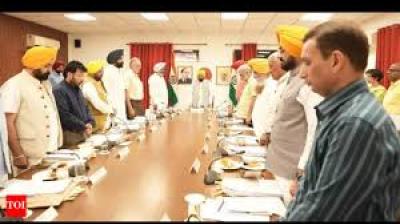
The SEC has set up 19,181 polling booths across rural areas.
Punjab Zila Parishad Polls on Dec 14: SEC Enforces Model Code of Conduct Ahead of Voting
Rural Punjab is gearing up for long-awaited grassroots elections after months of delays. The state is going to begin elections on 14 December 2025 and continue till 17 December 2025 for 23 Zila Parishads and 154 Panchayat Samitis. According to the Punjab State Election Commission, voting is scheduled across the countryside from 8:00 a.m. to 4:00 p.m.
After the announcement of the election schedule, the SEC has enforced the Model Code of Conduct (MCC) across all concerned districts and revenue estates. It is a crucial turning point, as no official announcements, public works, or campaign activity that could influence voters will be permitted until the electoral process ends. It is to ensure a fair environment for competition.
The SEC said that a noteworthy feature of these elections is that 50 per cent of all seats are reserved for women. This step is being described as a strong move towards more inclusive, gender-balanced representation in local governance. Moreover, political parties will contest on their own symbols, highlighting the significance of this election as a prelude to the next Assembly polls that are expected in about 14 months.
The scale of the exercise is massive: around 1.36 crore voters are eligible to cast ballots. The SEC has set up 19,181 polling booths across rural areas. To make voting accessible. For candidates, nomination papers must be filed between 1 and 4 December, with scrutiny on 5 December and a withdrawal deadline on 6 December. The commission clarified that candidates must adhere to expenditure limits: INR 255,000 for Zila Parishad posts and INR 110,000 for Panchayat Samiti posts.
According to SEC officials, security and oversight arrangements have also been clearly laid out: a significant number of personnel, including IAS/PCS officers as election observers and SP-rank police personnel for security, will be deployed, especially in 915 hyper-sensitive and 3,582 sensitive locations identified across the state.
For millions of rural voters, this election isn’t just about choosing local representatives; it is an opportunity to decide who will oversee village- and block-level development, resource allocation, and governance. After repeated postponements due to devastating floods earlier this year, the December 14 poll carries hopes for democratic renewal.













